#Charles Flanders
Text
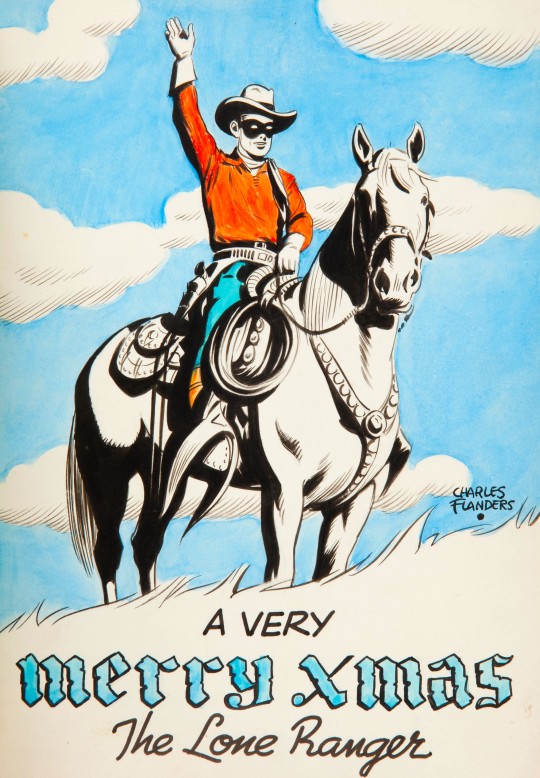
art by Charles Flanders (1943)
118 notes
·
View notes
Text

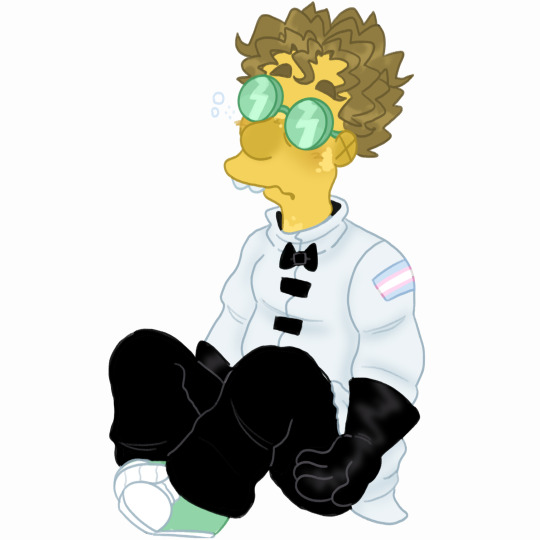



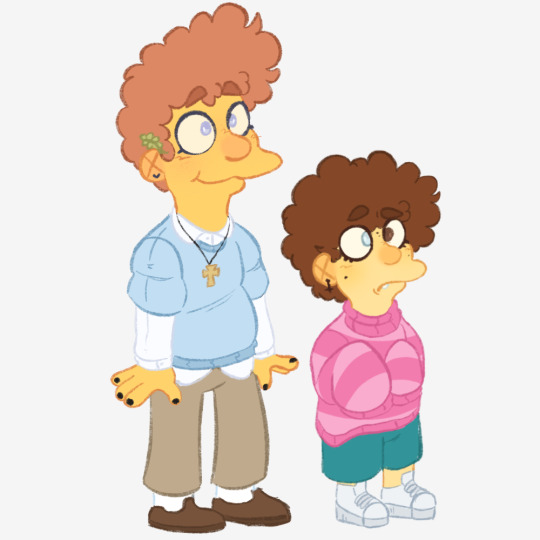




simpsons redesigns jumpscare pt 1
#the simpsons#my art#the simpsons fanart#comic book guy#professor frink#seymour skinner#fat tony#frank grimes#rod flanders#todd flanders#sideshow bob#milhouse van houten#krusty the clown#sideshow mel#charles montgomery burns#mr burns#chief wiggum
82 notes
·
View notes
Text

View of Bruges by Charles Kuwasseg
#bruges#art#charles kuwasseg#belgium#west flanders#flemish#flanders#brugge#belgian#city#europe#european#river#canal#boat#boats#fishing#bridge#landscape
51 notes
·
View notes
Text

202 notes
·
View notes
Photo

Anthony van Dyck (Flemish, 1599-1641)
Charles I of England and Queen Henrietta Maria, 1632
Arcibiskupský zámek a zahrady v Kroměříži
Sir Anthony van Dyck was a Flemish Baroque artist who became the leading court painter in England after success in the Spanish Netherlands and Italy.
#Anthony van Dyck#flemish#1600s#english#england#charles i of england#queen henrietta maria#art#queen#king#fine art#fine arts#oil painting#flemish art#flanders#portrait#european history#europe#france#scotland#europa#european#western civilization#king of england#queen of england#history
51 notes
·
View notes
Text

Charles V by Albrecht de Vriendt.
#kingdom of belgium#duchy of brabant#haus habsburg#full length portrait#county of flanders#charles v#holy roman emperor#heiliges römisches reich#holy roman empire#austria#maison de habsbourg#albrecht de vriendt
7 notes
·
View notes
Text
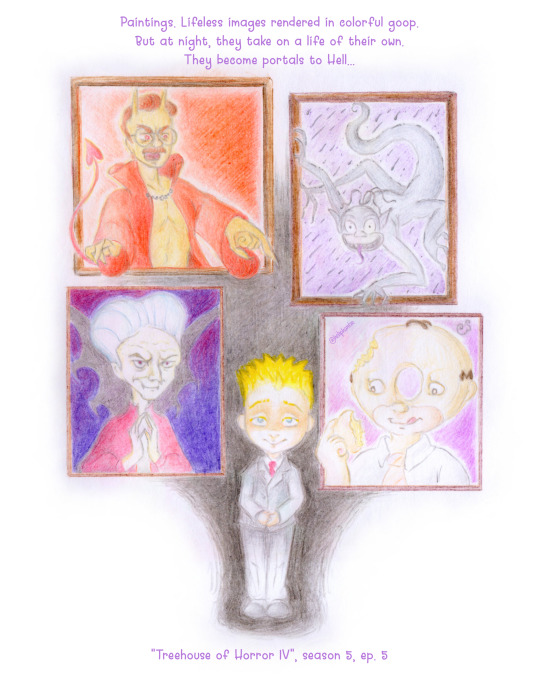
"Treehouse of Horror IV", ep.5(86) of S5 (October 28, 1993).
Happy Halloween!
THOHIV may be my favorite THOH of all, if only for artistic direction (artistic direction of all of first 5 seasons is gorgeous, of course). And not just THOHs back then were on point in parodying horror tropes (and some of absurdity of it), the stories also feel conceivable as something the characters would concoct on their own. Well, maybe, Bart has made up all of it alone, but he appears to be observant about his family’s psychologic aspects. Naturally, Homer is going to imagine his flawless, religious neighborino as the Devil himself, and his frightening boss as a bloodsucker. And the road to school for Bart definitely would feel like the path to some impending doom about to dawn on him.
"The Devil and Homer Simpson" is my favorite short segment of THOH, probably. Not just the story unexpectedly concludes with heartwarming sentiment of Homer’s soul being permanently owned by Marge (aww), it doesn’t end here, but offers not one, but three gags to cap the thing on: Homer’s punishment of being turned into donut creature, him apparently having learned nothing from it and processing to consume his own self (in his defense, it may be hard to learn any lesson when your head is filled with dough), and the house being besieged by police force under premise of simply craving some donut… creature, the end here. (I guess, there is some moral about rationality of law and order in the human and underworld, but maybe there’s not.)
Anyway, I think, it’s appropriate to put Donut Homer together with all these feisty monsters, for his gluttony is, perhaps, scariest thing of all. And I assume, it’s what Bart would do too.
#the simpsons#the simpsons fanart#treehouse of horror#bart simpson#ned flanders#mr. burns#charles montgomery burns#homer simpson#treehouse of horror iv#thohiv#the simpsons thoh#season 5#the simpsons s5#phantieart
5 notes
·
View notes
Photo



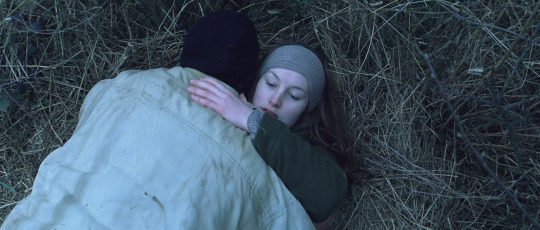
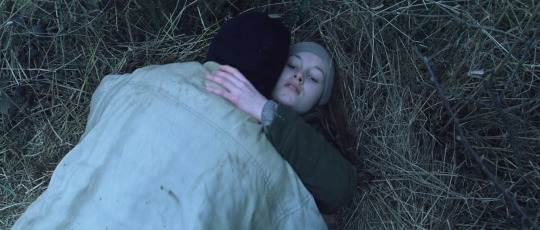
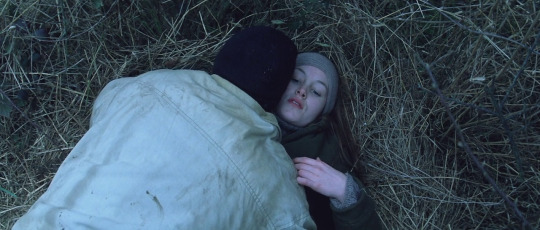
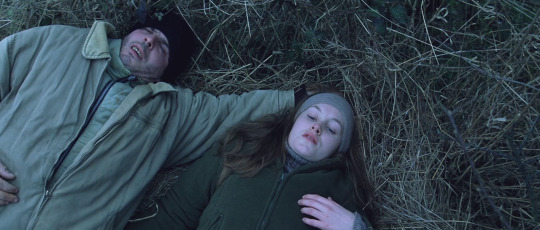

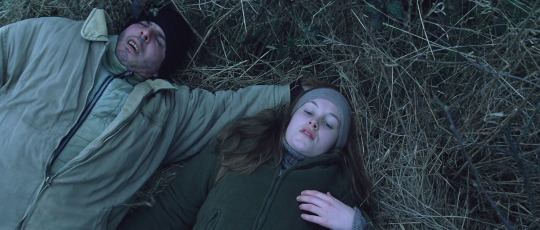

Flanders (Bruno Dumont, 2006).
#flanders#flandres#bruno dumont#adélaïde leroux#samuel boidin#yves cape#guy lecorne#alexandra charles#cédric grenapin
23 notes
·
View notes
Text
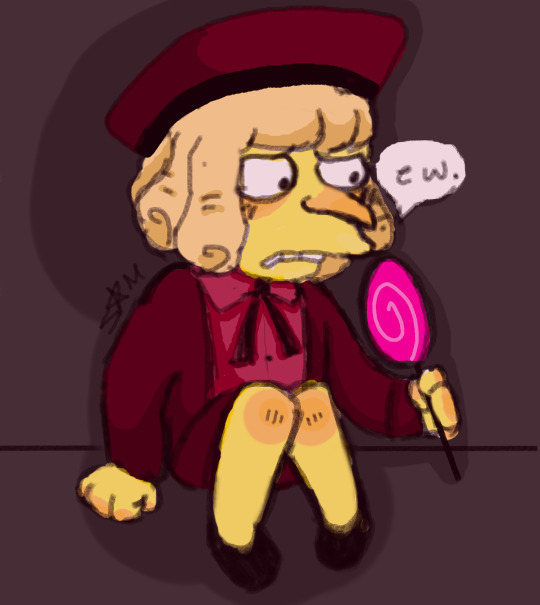
its MY brainrot and I get to choose what random character to get attached to this week
26 notes
·
View notes
Text
The Formation of the Valois Burgundian Empire - Philip the Bold
The Formation of the Valois Burgundian Empire – Philip the Bold
Philip the Bold, the first Valois Duke of Burgundy
Origins of the Burgundian Kingdom
Long ago, in the mists of time, there was an island, called in Old Norse, Burgundarholm. The island’s inhabitants were primitive tribes of Scandinavian origin who were extremely mobile and considered nomads and migrants. These tribes first settled on the island of Bornholm before moving on to the mainland in…

View On WordPress
#Burgundy#Charles IV#Charles V#Charles VI#Duke of Burgundy#France#John II#King of France#Louis of Flanders#medieval history#Philip the Bold#Valois dynasty
1 note
·
View note
Text
Below the cut I have made a list of each English and British monarch, the age of their mothers at their births, and which number pregnancy they were the result of. Particularly before the early modern era, the perception of Queens and childbearing is quite skewed, which prompted me to make this list. I started with William I as the Anglo-Saxon kings didn’t have enough information for this list.
House of Normandy
William I (b. c.1028)
Son of Herleva (b. c.1003)
First pregnancy.
Approx age 25 at birth.
William II (b. c.1057/60)
Son of Matilda of Flanders (b. c.1031)
Third pregnancy at minimum, although exact birth order is unclear.
Approx age 26/29 at birth.
Henry I (b. c.1068)
Son of Matilda of Flanders (b. c.1031)
Fourth pregnancy at minimum, more likely eighth or ninth, although exact birth order is unclear.
Approx age 37 at birth.
Matilda (b. 7 Feb 1102)
Daughter of Matilda of Scotland (b. c.1080)
First pregnancy, possibly second.
Approx age 22 at birth.
Stephen (b. c.1092/6)
Son of Adela of Normandy (b. c.1067)
Fifth pregnancy, although exact birth order is uncertain.
Approx age 25/29 at birth.
Henry II (b. 5 Mar 1133)
Son of Empress Matilda (b. 7 Feb 1102)
First pregnancy.
Age 31 at birth.
Richard I (b. 8 Sep 1157)
Son of Eleanor of Aquitaine (b. c.1122)
Sixth pregnancy.
Approx age 35 at birth.
John (b. 24 Dec 1166)
Son of Eleanor of Aquitaine (b. c.1122)
Tenth pregnancy.
Approx age 44 at birth.
House of Plantagenet
Henry III (b. 1 Oct 1207)
Son of Isabella of Angoulême (b. c.1186/88)
First pregnancy.
Approx age 19/21 at birth.
Edward I (b. 17 Jun 1239)
Son of Eleanor of Provence (b. c.1223)
First pregnancy.
Age approx 16 at birth.
Edward II (b. 25 Apr 1284)
Son of Eleanor of Castile (b. c.1241)
Sixteenth pregnancy.
Approx age 43 at birth.
Edward III (b. 13 Nov 1312)
Son of Isabella of France (b. c.1295)
First pregnancy.
Approx age 17 at birth.
Richard II (b. 6 Jan 1367)
Son of Joan of Kent (b. 29 Sep 1326/7)
Seventh pregnancy.
Approx age 39/40 at birth.
House of Lancaster
Henry IV (b. c.Apr 1367)
Son of Blanche of Lancaster (b. 25 Mar 1342)
Sixth pregnancy.
Approx age 25 at birth.
Henry V (b. 16 Sep 1386)
Son of Mary de Bohun (b. c.1369/70)
First pregnancy.
Approx age 16/17 at birth.
Henry VI (b. 6 Dec 1421)
Son of Catherine of Valois (b. 27 Oct 1401)
First pregnancy.
Age 20 at birth.
House of York
Edward IV (b. 28 Apr 1442)
Son of Cecily Neville (b. 3 May 1415)
Third pregnancy.
Age 26 at birth.
Edward V (b. 2 Nov 1470)
Son of Elizabeth Woodville (b. c.1437)
Sixth pregnancy.
Approx age 33 at birth.
Richard III (b. 2 Oct 1452)
Son of Cecily Neville (b. 3 May 1415)
Eleventh pregnancy.
Age 37 at birth.
House of Tudor
Henry VII (b. 28 Jan 1457)
Son of Margaret Beaufort (b. 31 May 1443)
First pregnancy.
Age 13 at birth.
Henry VIII (b. 28 Jun 1491)
Son of Elizabeth of York (b. 11 Feb 1466)
Third pregnancy.
Age 25 at birth.
Edward VI (b. 12 Oct 1537)
Son of Jane Seymour (b. c.1509)
First pregnancy.
Approx age 28 at birth.
Jane (b. c.1537)
Daughter of Frances Brandon (b. 16 Jul 1517)
Third pregnancy.
Approx age 20 at birth.
Mary I (b. 18 Feb 1516)
Daughter of Catherine of Aragon (b. 16 Dec 1485)
Fifth pregnancy.
Age 30 at birth.
Elizabeth I (b. 7 Sep 1533)
Daughter of Anne Boleyn (b. c.1501/7)
First pregnancy.
Approx age 26/32 at birth.
House of Stuart
James I (b. 19 Jun 1566)
Son of Mary I of Scotland (b. 8 Dec 1542)
First pregnancy.
Age 23 at birth.
Charles I (b. 19 Nov 1600)
Son of Anne of Denmark (b. 12 Dec 1574)
Fifth pregnancy.
Age 25 at birth.
Charles II (b. 29 May 1630)
Son of Henrietta Maria of France (b. 25 Nov 1609)
Second pregnancy.
Age 20 at birth.
James II (14 Oct 1633)
Son of Henrietta Maria of France (b. 25 Nov 1609)
Fourth pregnancy.
Age 23 at birth.
William III (b. 4 Nov 1650)
Son of Mary, Princess Royal (b. 4 Nov 1631)
Second pregnancy.
Age 19 at birth.
Mary II (b. 30 Apr 1662)
Daughter of Anne Hyde (b. 12 Mar 1637)
Second pregnancy.
Age 25 at birth.
Anne (b. 6 Feb 1665)
Daughter of Anne Hyde (b. 12 Mar 1637)
Fourth pregnancy.
Age 27 at birth.
House of Hanover
George I (b. 28 May 1660)
Son of Sophia of the Palatinate (b. 14 Oct 1630)
First pregnancy.
Age 30 at birth.
George II (b. 9 Nov 1683)
Son of Sophia Dorothea of Celle (b. 15 Sep 1666)
First pregnancy.
Age 17 at birth.
George III (b. 4 Jun 1738)
Son of Augusta of Saxe-Gotha (b. 30 Nov 1719)
Second pregnancy.
Age 18 at birth.
George IV (b. 12 Aug 1762)
Son of Charlotte of Mecklenburg-Strelitz (b. 19 May 1744)
First pregnancy.
Age 18 at birth.
William IV (b. 21 Aug 1765)
Son of Charlotte of Mecklenburg-Strelitz (b. 19 May 1744)
Third pregnancy.
Age 21 at birth.
Victoria (b. 24 May 1819)
Daughter of Victoria of Saxe-Coburg-Saafield (b. 17 Aug 1786)
Third pregnancy.
Age 32 at birth.
Edward VII (b. 9 Nov 1841)
Daughter of Victoria of the United Kingdom (b. 24 May 1819)
Second pregnancy.
Age 22 at birth.
House of Windsor
George V (b. 3 Jun 1865)
Son of Alexandra of Denmark (b. 1 Dec 1844)
Second pregnancy.
Age 20 at birth.
Edward VIII (b. 23 Jun 1894)
Son of Mary of Teck (b. 26 May 1867)
First pregnancy.
Age 27 at birth.
George VI (b. 14 Dec 1895)
Son of Mary of Teck (b. 26 May 1867)
Second pregnancy.
Age 28 at birth.
Elizabeth II (b. 21 Apr 1926)
Daughter of Elizabeth Bowes-Lyon (b. 4 Aug 1900)
First pregnancy.
Age 25 at birth.
Charles III (b. 14 Nov 1948)
Son of Elizabeth II of the United Kingdom (b. 21 Apr 1926)
First pregnancy.
Age 22 at birth.
366 notes
·
View notes
Photo
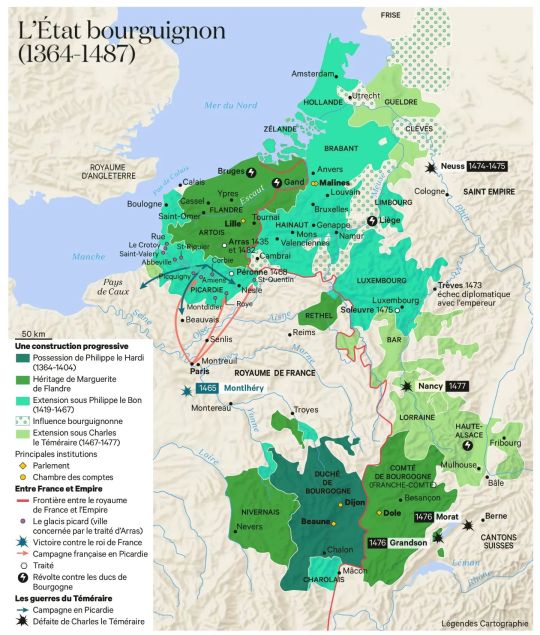
The Burgundian state, 1364-1487.
« Atlas historique mondial », Christian Grataloup, Les Arènes/L'Histoire, 2e éd., 2023
by cartesdhistoire
In 1363, the king of France, John the Good, gave Burgundy as an appanage to his son Philippe the Bold. Duke until 1404, he became master of a vast area, including Charolais, Artois, Franche-Comté, Rethel, Nevers and Brabant. His power made Flanders independent and it was a solid base for expansion in the Empire, continued by Duke Philip the Good (1419-1467): Namur, Hainaut, Holland, Zeeland and Luxembourg ( in addition to a nebula of satellites like the ecclesiastical principalities of Liège, Utrecht and even Cologne).
The Burgundian “State” is therefore made up of two blocks of territories, both shared between France and the Empire: Burgundy (France) and Franche-Comté (Empire) are governed from Dijon; from Lille then from Brussels from 1430, Flanders, Artois (France) and the Netherlands (Empire). The frequent meeting of States within the framework of each province allows regular taxation, which makes the Duke one of the richest sovereigns in the West, the bulk of his income coming from Flanders and the Netherlands. The administrative structure is close to that of the French monarchy (aids, Chambers of Accounts, states, Parliament).
Duke Charles the Bold (1467-1477) tried to reunite the two blocks, barely 60 km apart after 1441. He centralized, increased taxes and borrowed enormous sums from banks to obtain an imposing army and artillery. He then aimed for Lorraine and the archbishopric of Cologne but his ambitions united his enemies against him: Louis XI, the emperor, Lorraine, Savoy and the Swiss. In 1475, the Swiss crushed Charles's army at Grandson and Morat then the duke died in 1477, trying to retake Nancy. He is succeeded by his daughter Marie who married Maximilien, son of the emperor. She died on March 27, 1482 and on December 23, the Treaty of Arras divided her inheritance between Valois and Habsburg.
44 notes
·
View notes
Text


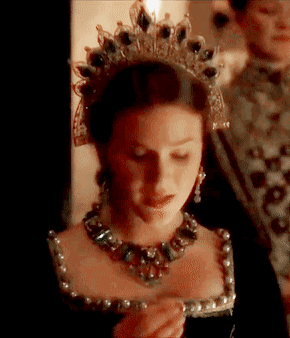

♛ @dailytudors Tudor Week 2023
Day 3 : Best Tudor myth: Holbein's flattery and a 'Flanders mare'
" Hans Holbein the Younger altered his portrait of Anna of Cleves to enhance her beauty
Part of the negotiations for the marriage with Anna included a trip by court painter Hans Holbein the Younger to Cleves to depict Anna and her sister Amalia. Holbein was chosen for several reasons. He was one of Henry’s favorite painters and, most importantly, he had a reputation for realism in his portraits. Henry accepted Holbein’s vision of Anna and this is confirmed by the very fact the negotiations for the marriage went forward."
"Cromwell had greatly miscalculated in making an alliance with the Germanic states. Anna’s brother, Wilhelm, had entered a dispute with Charles V over the ownership of the strategically located and economically important Duchy of Guelders. The claims of both men were tenuous and complicated, but by the time of Anna’s marriage to Henry, the argument had reached the point where they were on the brink of war. Because of the Cleve’s alliance, Henry was about to be drawn into a conflict with the Hapsburg Empire."
"It was only after the Cleves alliance became a problem that Henry had to state one of the reasons for annulling the marriage was his dislike of Anna’s appearance.
The reality is, Holbein remained in royal favor after the marriage fell apart and retained his job as a court painter until his death in 1543. Henry did not blame him for the debacle of the Cleves alliance and marriage. The courtiers who had written flattering reports about Anna were held responsible by the King. In fact, Hans painted his charming portrait of the future King Edward VI and presented it to King Henry as New Year’s gift in 1540."
"Henry called Anna, Duchess of Cleves a ‘Flanders mare’
There is no contemporary source in existence for this comment. The first reference comes from the book “An Abridgement of Bishop Burnet’s History of the Reformation of the Church of England, Volume 1” written in 1679 by Gilbert Burnet, Bishop of Salisbury, who is not always a reliable source. He says Henry ‘swore they had brought over a Flanders mare to him’. But there is no earlier written historical evidence this comment was ever made by Henry. Also, Henry knew good and well Anna was not from Flanders."
Heather R. Darsie, Susan Abernethy
Sources: { x } // { x }
#historyedit#anne of cleves#tudorweek2023#dailytudors#tudorsedit#perioddramaedit#perioddramasource#onlyperioddramas#weloveperioddrama#tudorerasource#cortegiania#women in history#henry viii#hans holbein the younger#tudors#history#my edit#*queens#the best thing about this myth is that it's actually a myth
133 notes
·
View notes
Text
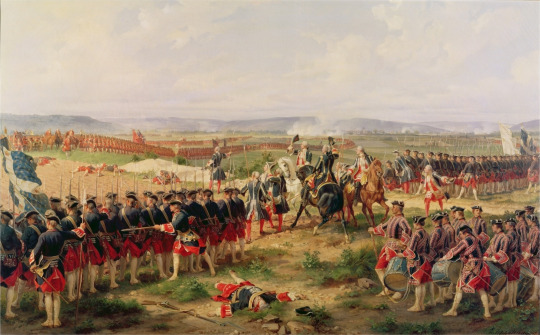
The Battle of Fontenoy, 11 May 1745: 'Lord Charles Hay and Count d'Anterroches: Gentlemen, fire first!'
by Henri Félix Emmanuel Philippoteaux
#battle of fontenoy#art#henri félix emmanuel philippoteaux#france#england#great britain#britain#french#english#british#europe#european#history#battlefield#lord charles hay#count d’anterroches#gardes françaises#english guards#french guards#war of the austrian succession#flanders#fontenoy#tournai#austrian netherlands#netherlands#belgium#joseph charles alexandre d'anterroches#voltaire#count d'anterroches#comte d'anterroches
20 notes
·
View notes
Text
Why I believe the Will Darling Adventures were originally conceived as johnlock fanfiction
I will die on this hill.
The Will Darling Adventures (Slippery Creatures, Sugared Game, Subtle Blood) by KJ Charles are my favorite guilty pleasure comfort books. I have listened to the audiobooks an embarrassing number of times. I can play exchanges of dialogue in my head from memory, reader’s inflections and all. If you haven’t read them and you like a mix of adventure and gay smut (plus it’s a trilogy so there’s time for more complex characterization and more gradual relationship development than you usually get in books of the genre), then absolutely go do that, and don’t read below—because here be spoilers. Also, because the books are a delight.
So. Grand theory.
To be clear: I am not knocking these books AT ALL (if I’m honest, the Holmesian flavor is part of why I like them so much). As in many really good works of fanfiction, the characters have ceased to be mere copies, and have gained their own original and internally consistent characterization. Kim and Will are not Holmes and Watson, but I am completely convinced that the latter were the inspiration for the former. Here are some of the parallels/moments of homage:
Watson => Will
Returned to England from war with nowhere to go; ended up in London: “I had neither kith nor kin in England, and […] naturally gravitated to London, that great cesspool into which all the loungers and idlers of the Empire are irresistibly drained.” (Study in Scarlet) => “…his mother had died from the Spanish ‘flu while he’d waited to be demobbed […] So, like everyone else, he’d come to London…” (Slippery Creatures)
Ran out of money as a recently-discharged veteran: “So alarming did the state of my finances become…” (Study in Scarlet) => “…his slide into poverty was unstoppable...” (Slippery Creatures)
War wound that nearly killed him: “For months my life was despaired of...” (Study in Scarlet) => “A month in hospital.” (Sugared Game)
Saved by an underling who never appears in the story: “…had it not been for the devotion and courage shown by Murray, my orderly, who threw me across a pack-horse and succeeded in bringing me safely to the British lines.” (Study in Scarlet) => “If it hadn’t been for the bravest stretcher-bearer in Flanders, I’d have died out there.” (Sugared Game)
Retained his favorite weapon from the war: “I have my old service revolver and a few cartridges.” (Study in Scarlet) => “…the Messer, his old trench knife...” (Sugared Game)
Is asked to bring the weapon on adventures: “Put your pistol in your pocket.” (Study in Scarlet) => “Got your knife?” (Sugared Game)
POV character
Holmes => Kim
Has a bunch of names but goes by a middle one: William Sherlock Scott Holmes => Arthur Aloysius Kimberley de Brabazon Secretan
Has pretty hands, which are something of a fixation for the POV character
Doesn’t eat much: “My friend had no breakfast himself, for it was one of his peculiarities that in his more intense moments he would permit himself no food…” (Norwood Builder) => “They ate breakfast, or at least Will did, while Kim chewed a single slice of toast with distaste.” (Subtle Blood)
Withholds information because he doesn’t trust his partner’s ability to deceive: “You won’t be offended, Watson? You will realize that among your many talents dissimulation finds no place.” (Dying Detective) => “I’m sorry I didn’t tell you before, but subterfuge isn’t your strong suit.” (Sugared Game)
Withholds information for dramatic effect: “It was too bad to spring it on you like this, but Watson here will tell you that I never can resist a touch of the dramatic.” (Naval Treaty) => “Of course Kim would turn up after two months with some bizarre story; of course he wouldn’t tell it like a normal person.” (Sugared Game)
Plays fast and loose with legality: “Doctor, I shall want your cooperation.” “I shall be delighted.” “You don’t mind breaking the law?” “Not in the least.” (Scandal in Bohemia) => “I am absolutely not empowered to break the laws of the land, so I try not to get caught at it.”
Has a brother seven years his senior, whom we meet (several adventures in) at a gentlemen’s club in Pall Mall, and who looks like him but bigger: “Mycroft Holmes was a much larger and stouter man than Sherlock.” (Greek Interpreter) => “He looked like someone had drawn a caricature of Kim as John Bull and not been kind about it. He was significantly bulkier…”
The club (The Diogenes => The Symposium) has a Strangers' Room, and in at least part of the club: "no talking is, under any circumstances, allowed" (Greek Interpreter) => "speech is strictly forbidden" (Subtle Blood)
Chases down the leader of a mysterious criminal organization who appears respectable in normal society, and who stays one step removed to leave no evidence of his involvement: “But the Professor was fenced round with safeguards so cunningly devised that, do what I would, it seemed impossible to get evidence which would convict in a court of law.” (Final Problem) => “[Arrest him] on what grounds? I’ve got a lot of nothing. Straws in the wind, and fears, and the words of the dead. The case needs to be iron-clad, and mine is wet tissue paper.” (Sugared Game)
Has a chat with this adversary before the action kicks off: “…I was seriously inconvenienced by you” (Final Problem) => “It has caused me enormous inconvenience” (Sugared Game)
Better at hand-to-hand combat than he looks like he should be: “I have some knowledge, however, of baritsu, or the Japanese system of wrestling…” (Empty House) => “Where did you learn knife fighting?” (Slippery Creatures)
Lounges around in a purple dressing gown (Blue Carbuncle; all three Will Darling books)
Tall, slender, pale, and dark-haired, with remarkable eyes (at least, the POV character sure remarks on them a lot)
Other parallels:
Inspector Lestrade (“lean and ferret-like as ever”) => Inspector Rennick (“He was a short, shrewd-looking man who sounded North London.”)
An aortic aneurism renders prosecution of a criminal moot: Jefferson Hope (Study in Scarlet) => Lord Waring (Sugared Game)
Will’s expectations upon meeting Waring line up with a description of Moriarty: “His face protrudes forward, and is forever slowly oscillating from side to side in a curiously reptilian fashion” (Final Problem) => “[Will] wasn’t sure what he expected. Something snakey, some reptilian air of cruelty…” (Sugared Game)
This rather iconic phrase: “He sits motionless, like a spider at the center of its web...” (Final Problem) => “…sits like a spider at the centre of a web of obligations...” (Sugared Game)
Alongside the parallels, Charles adds elements often found in the best works of fanfiction: in addition to the on-page romance, there's expansion of the characters' backgrounds, including an exploration of class and privilege, plus a fix-it-esque resolution of the issue of Holmes'/Kim’s dishonesty (I for one always wished Watson would confront Holmes about lying to him for cases).
There. Cataloguing all the parallels was taking up a ridiculous amount of space in my brain, so now you know & I can stop obsessing over it so much.
#this is less a conspiracy theory and more a love letter#will darling adventures#sherlock holmes#john watson#sherlock holmes fanfic#johnlock#acd holmes#kj charles#will darling#kim secretan#slippery creatures#sugared game#subtle blood#will darling spoilers#inter-fandom meta#i will die on this hill#thank you for coming to my ted talk#edited to be even more unabashed in my appreciation of these books#also i listened to an interview with kj charles about comfort reads and these fit the bill
33 notes
·
View notes
Photo
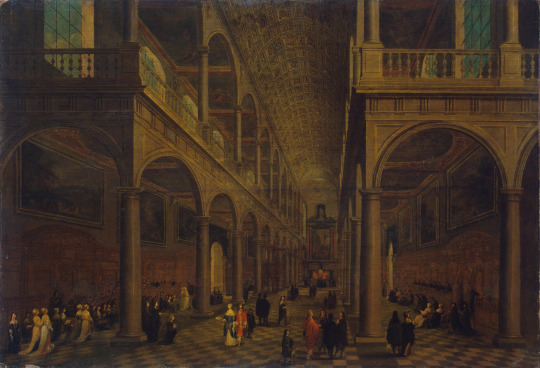
Pieter Neefs the Younger (Flemish, 1620-after 1675)
Frans Francken III (Flemish, 1607-1667)
Interior of St Charles Borromeo Church in Antwerp, c.late 1630s
#Pieter Neefs the Younger#Frans Francken III#flemish art#flemish#flanders#european art#european#art#fine art#interior of st charles borromeo church in antwerp#1600s#medieval#classical art#christian art#christian#Christendom
19 notes
·
View notes